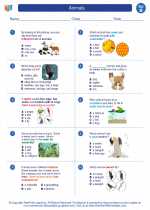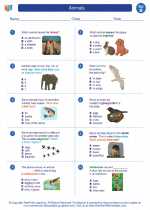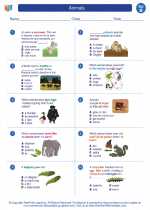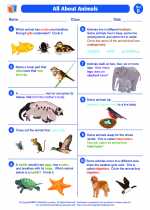Fats
Fats are an essential part of a healthy diet and are one of the three macronutrients, along with carbohydrates and proteins. They provide energy, support cell growth, protect organs, and help the body absorb certain nutrients. Fats are also important for brain development and overall function.
Types of Fats
There are different types of fats, including:
- Saturated fats: These fats are solid at room temperature and are often found in animal products such as meat and dairy, as well as in some plant-based oils like coconut oil and palm oil.
- Unsaturated fats: These fats are liquid at room temperature and are found in foods like avocados, nuts, seeds, and olive oil. They are generally considered healthier than saturated fats.
- Trans fats: These are unsaturated fats that have been artificially manipulated to be solid at room temperature. They are found in processed and fried foods and are considered unhealthy.
Functions of Fats
Fats serve several important functions in the body, including:
- Providing a concentrated source of energy
- Supporting the absorption of fat-soluble vitamins (A, D, E, and K)
- Providing essential fatty acids that the body cannot produce on its own
- Insulating and protecting organs
- Helping maintain healthy skin and hair
Health Considerations
While fats are important for overall health, it is essential to consume them in moderation and make healthy choices. Too much saturated and trans fats can increase the risk of heart disease, while unsaturated fats, particularly monounsaturated and polyunsaturated fats, can have positive effects on heart health when consumed in appropriate amounts.
Study Guide
Here are some key points to remember when studying fats:
- Identify the different types of fats and their food sources.
- Understand the functions of fats in the body.
- Recognize the health considerations associated with different types of fats.
- Be able to make informed choices about the consumption of fats in a balanced diet.
Remember that fats are an important part of a healthy diet, but it's essential to consume them in moderation and make smart choices about the types of fats we consume.
.◂Science Worksheets and Study Guides Second Grade. Animals

 Activity Lesson
Activity Lesson
 Worksheet/Answer key
Worksheet/Answer key
 Worksheet/Answer key
Worksheet/Answer key
 Worksheet/Answer key
Worksheet/Answer key
 Worksheet/Answer key
Worksheet/Answer key
 Vocabulary/Answer key
Vocabulary/Answer key
